Description
Camellia , Camellia spp – Plant
The Camellia Plant (Camellia spp) is the best and most beautiful flowering cultivated for more than 1,000 years and Camellias are dense shrubs with brilliant foliage. They offer bright, long-blooming flowers, and serve as popular foundation and specimen plants. The trick to growing a camellia plant without too much effort is to Camellia Plant (Camellia Spp) it correctly. Read on for more information on camellia planting and care. It is also the southern U.S. answer to the peony. Similarities between peonies and camellias include lushly petaled blooms and a tendency to live for more than a century. They live so long because they grow slowly.
Camellias are part of the Theaceae or tea plant family, including the most common ornamental species, which yields flowers that produce tea, but it is not as ornamental. They can be planted anytime except for the hottest summer months.
Camellia Care
Camellias are best planted in rich, moist soil in a part-shade location, When you are planting your camellia, install it slightly higher than the surrounding soil. This allows excess water to drain away from the center of the plant. Don’t plant this shrub where it will have competition for nutrients. For example, don’t plant it beneath a tree with shallow roots, like a birch.
Plant Care Instructions
Light: All camellias need some protection from the hot afternoon sun as young plants. However, plants that receive no sun will struggle to flower. Morning sun and dappled afternoon shade are ideal.
Soil: Should be well-drained with a pH of 6 to 6.5 (slightly acid). Keep it moist.
Water: Water regularly for the first couple of years, then keep the soil moist, but not too wet. Provide summer water in dry climates.
Pruning: Pruning is rarely needed, but it helps to remove crossover limbs or diseased/deadwood. This can be done after blooming has finished in spring.
Exposure: Part shade to full shade. Most prefer dappled light, but a few varieties need (or tolerate) more sun than others. In general, red-flowered varieties can withstand more sun than white varieties.
Diseases/Pests: For pests, natural products are available, such as neem oil. Camellia petal blight affects flowers and buds, turning them into an unsightly brown. Dispose of flowers in the garbage; do not compost, as composting will likely spread the fungal spores.
Potting or Repotting
Once the seeds have germinated, transplant into containers or outside. Cut off the taproot to produce a more fibrous root system. This step is helpful if planted in a container. If planting in a landscape, the taproot will help the plant survive during periods of drought or severe cold.
Best Things
Flower color and characteristics: Beautiful flowers, mainly white and shades of pink or red, and various combinations. They come in various shapes: anemone, single, semi-double, formal double, rose-form double, and peony form.
Life span: Camellias are long-lived plants, with some living more than 100 years.


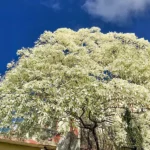
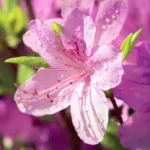


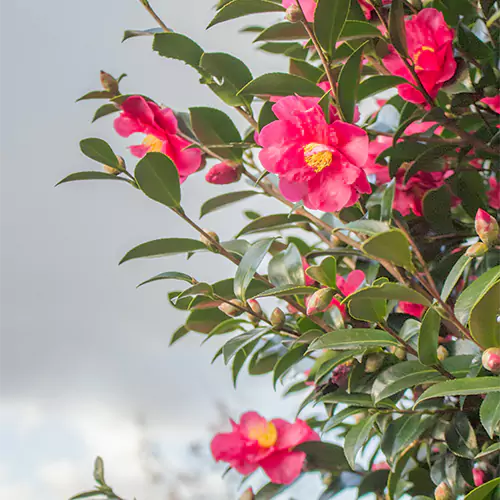
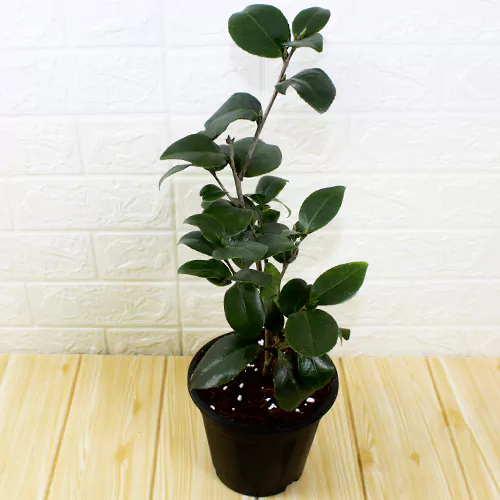
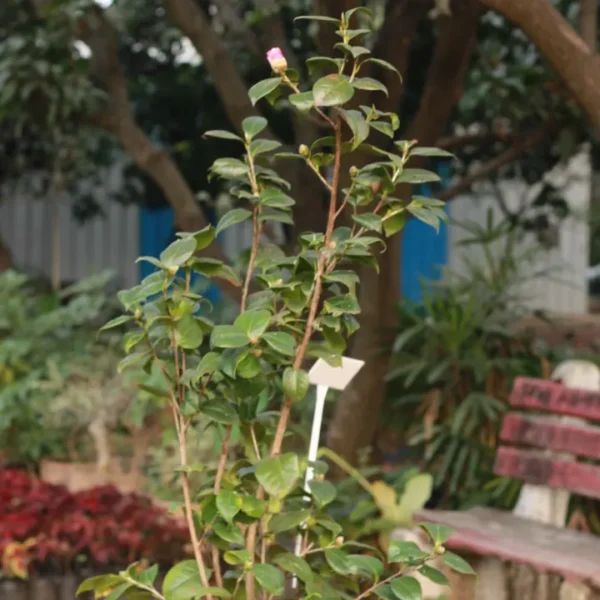

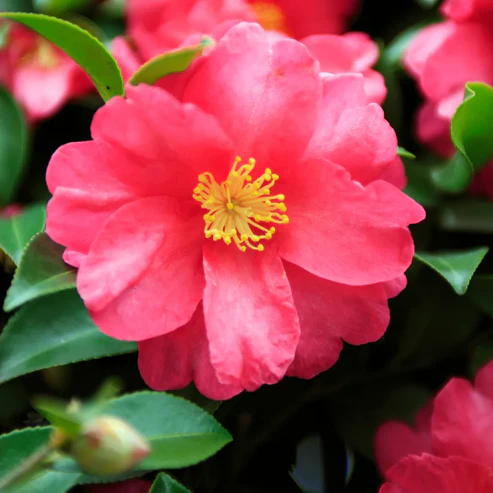
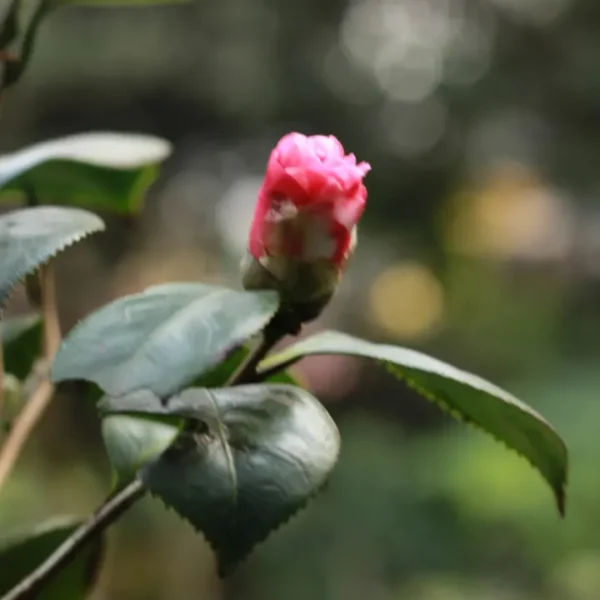
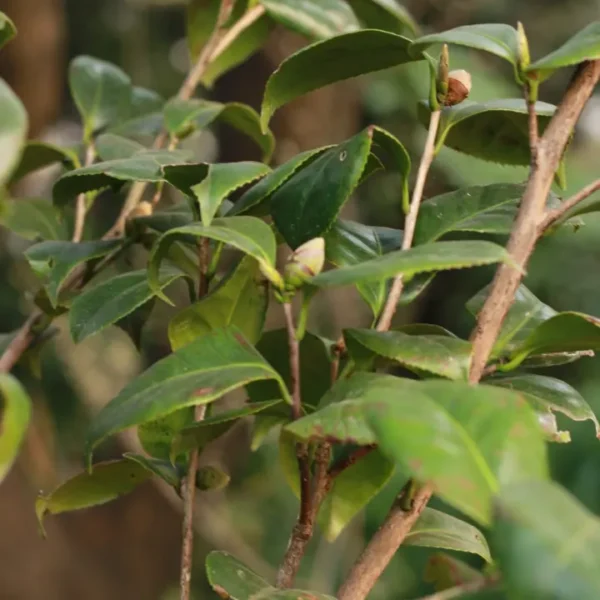
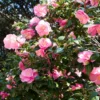




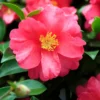
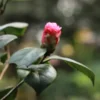
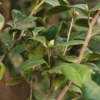
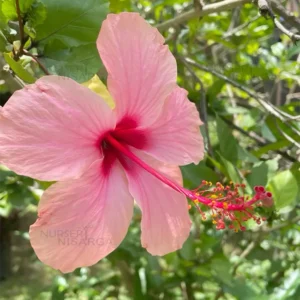
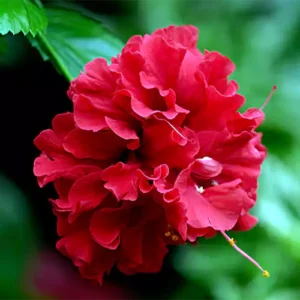
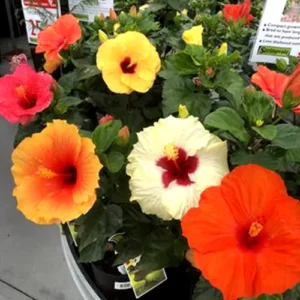

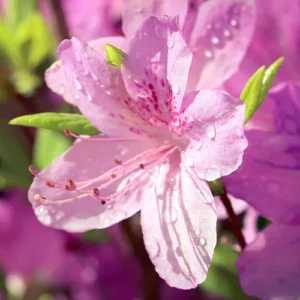
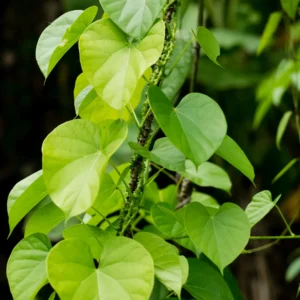
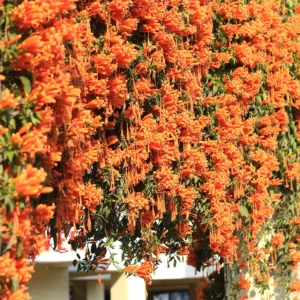

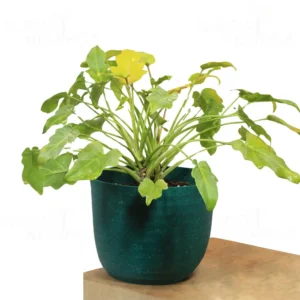
Reviews
There are no reviews yet.